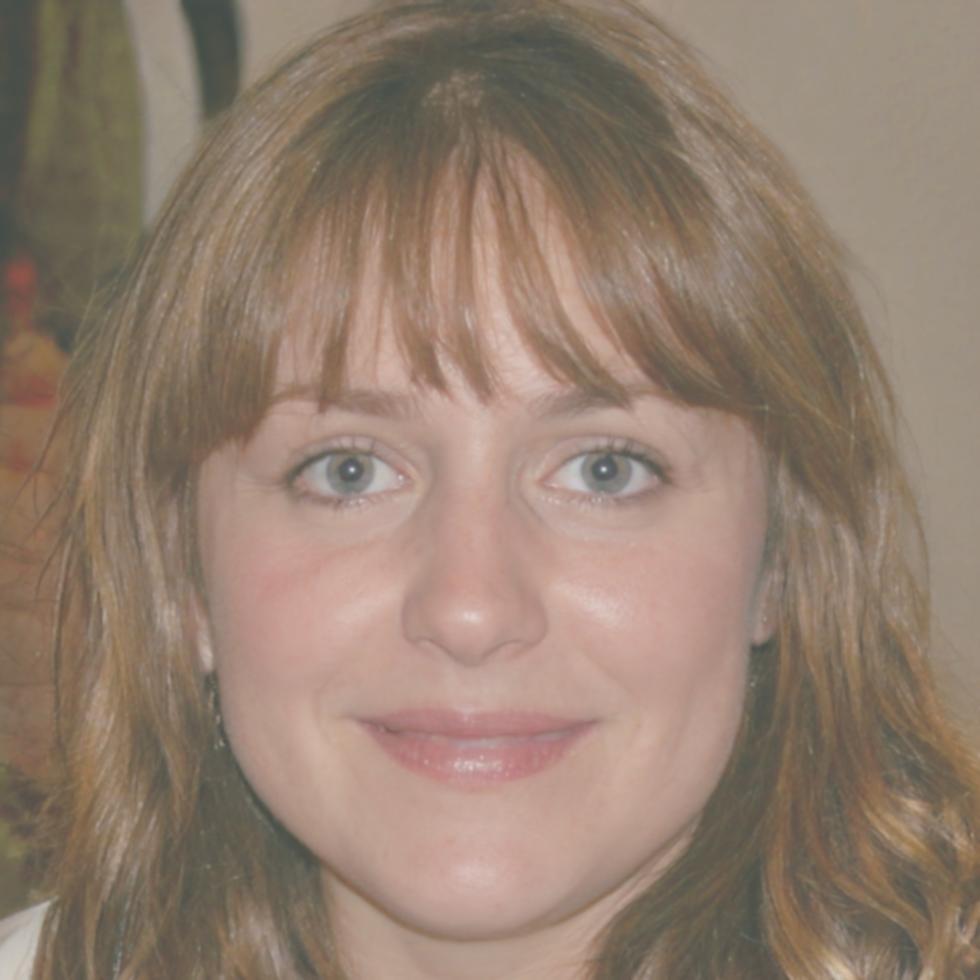Questions About Creative Business Finance
Running a creative business brings unique challenges. We've spent years helping photographers, designers, and artists navigate financial decisions that traditional accountants often misunderstand.
What Guides Our Work
Back in 2019, we started because creative businesses kept getting terrible financial advice. Accountants who'd never worked with irregular income patterns. Advisors who couldn't grasp project-based cash flow.
So we built something different. Our approach centres on understanding how creative work actually happens—not how some textbook says it should.
Real Understanding
We've worked with over 140 creative businesses across Australia. Each one taught us something about seasonal demand, project delays, and client payment patterns that traditional finance never addresses.
Honest Communication
When something won't work for your situation, we say so. No upselling services you don't need. No complex jargon to mask simple concepts.
Long-Term Thinking
Quick fixes rarely help creative businesses. We focus on systems that work when you're slammed with projects and when things go quiet between seasons.

Common Obstacles We Help Solve
These questions come up repeatedly. Here's what we've learned from helping businesses work through them.
Irregular Income
The Challenge
You land three big projects in March, then nothing until June. Meanwhile, rent and supplies don't take breaks.
Our Approach
We help you build buffer systems that smooth out income peaks and valleys. This includes setting aside percentages during busy months and creating milestone payment structures for longer projects.
Cash Flow PlanningTax Confusion
The Challenge
Creative expenses don't fit standard categories. What's deductible when your home studio doubles as your workspace? When equipment serves both personal and professional use?
Our Approach
We work through your actual expenses and create clear categories that satisfy ATO requirements while capturing legitimate deductions most creatives miss.
Tax StrategyPricing Uncertainty
The Challenge
You know your day rate, but project complexity varies wildly. Undercharge and you work for nothing. Overcharge and you lose opportunities.
Our Approach
We analyse your actual project costs including hidden time drains—revisions, client communication, admin work. Then help structure pricing that reflects true value.
Pricing ModelsGrowth Timing
The Challenge
Should you hire help? Upgrade equipment? Move to a proper studio? These decisions feel risky when income fluctuates.
Our Approach
We look at your business patterns over time and model different scenarios. Sometimes waiting six months makes sense. Sometimes jumping now prevents bigger problems later.
Strategic PlanningWho Answers Your Questions
Our team includes people who've actually run creative businesses. That perspective shapes every conversation we have with clients.

Pernille Sørengaard
Financial StrategySpent eight years managing finances for a design studio before joining us. She gets why standard budgeting advice fails when project timelines keep shifting and clients pay on their own schedules.

Livia Thornbury
Tax PlanningWorked as a freelance photographer while studying accounting. That combination means she understands both sides—what creatives need and what the ATO requires. No translation needed.
Specific Questions We Hear Often
How much should I set aside for tax when income varies monthly?
Most creatives benefit from setting aside 30-35% of each payment immediately. Yes, that feels like a lot when you're starting out.
But here's why it works: you're covering GST, income tax, and building a buffer for quarterly BAS payments. When a slow month hits, you're not scrambling to pay tax on income you earned three months ago.
We help you set up a separate bank account that makes this automatic. Money hits your account, 30% moves straight to tax savings before you see it.
When does it make financial sense to hire someone?
The math is simpler than most people think. Track how many hours you spend on tasks someone else could do—admin, basic editing, client communication.
If you're spending 15+ hours weekly on work that could be done for less than your project rate, hiring makes sense. A virtual assistant at $35/hour costs less than you losing billable project time.
We walk through your actual time use over a typical month and show you the real numbers. Sometimes the answer is "not yet." Sometimes it's "you should have done this six months ago."
What expenses can I claim if I work from home?
This confuses everyone at first. The ATO lets you claim a portion of home expenses based on how much space you use for work and how many hours you work.
You can claim things like:
- Electricity and gas for your workspace area
- Internet and phone costs (business portion)
- Equipment and furniture used for work
- Cleaning costs for your work area
We help you calculate the legitimate percentage and set up record-keeping that satisfies ATO requirements without creating hours of extra work.
Should I operate as a sole trader or company?
Sole trader makes sense for most creatives starting out. Setup costs nothing, tax is simpler, and you avoid company compliance expenses.
Consider a company structure when you're consistently earning above $100k annually or working with clients who prefer dealing with companies for liability reasons.
We look at your specific situation—income level, growth plans, client types—and show you actual cost differences. For many creatives, the extra company expenses don't pay off until year three or four.
How do I price projects when scope keeps changing?
Scope creep kills creative business profitability. The solution isn't better estimating—it's better project structure.
We help you build pricing that includes a defined scope with clear revision limits, then add a change order process for anything beyond that. Most clients respect this once they understand it protects both parties.
You learn to spot scope changes early and address them before they eat your profit margin. It feels awkward at first, but it's the difference between profitable projects and working for free.
What financial records do I actually need to keep?
The ATO requires you to keep records for five years. That includes invoices, receipts, bank statements, and payment records.
But don't overthink this. A simple system works: digital copies of everything in dated folders, accounting software that tracks income and expenses, and a separate business bank account.
We set up streamlined systems that take maybe 30 minutes weekly to maintain. You're not building a filing empire—you're keeping enough records to handle tax time without stress.
Still Have Questions?
Every creative business faces different challenges. If you're dealing with something specific that doesn't fit these common scenarios, let's talk about your actual situation.
Get in Touch